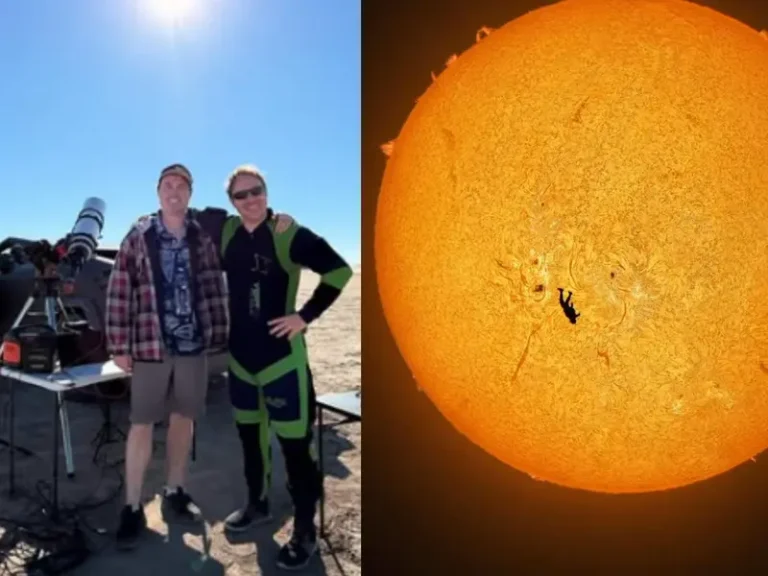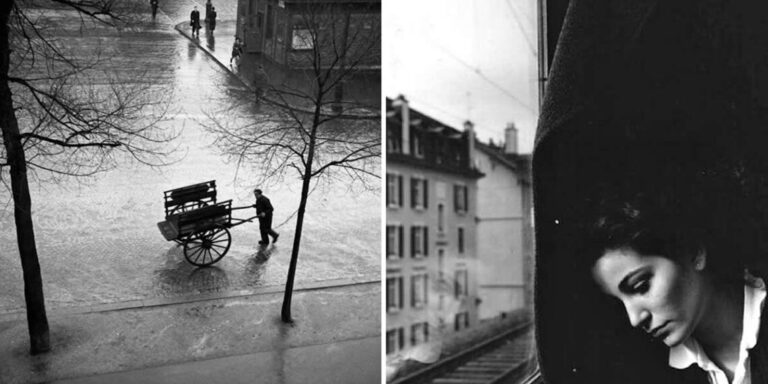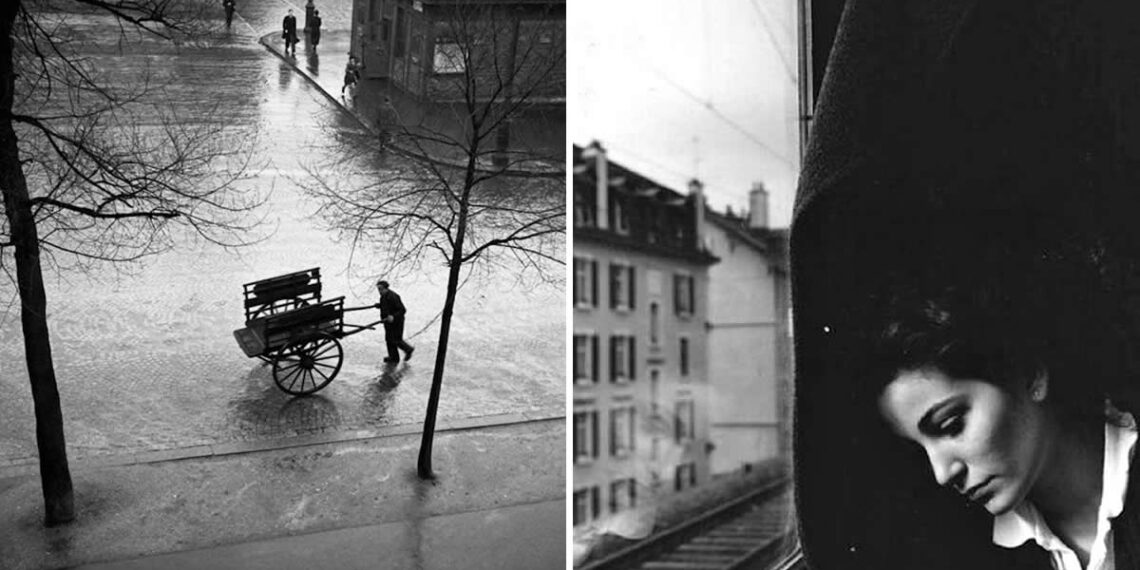
If you love photography that feels like jazz—smooth, spontaneous, and full of soul—then Emile Savitry (1903–1967) is a name you need to know. He isn’t always the first photographer people mention today, but in the mid-20th century he was one of those rare artists who drifted effortlessly between creative worlds. Painter, wanderer, storyteller, photographer—Savitry didn’t just document life; he moved in rhythm with it. His images weren’t stiff or staged. Instead, he chased the real stuff: the grit of the streets, the haze of jazz clubs, performers in the shadows, dreamers, eccentrics, lovers—the whole beautiful chaos of human existence.
Born in 1903, he emerged at a time when Paris was the beating heart of global art. Think Picasso, Man Ray, Cocteau—towering names. Savitry was right alongside them, but he didn’t need the spotlight. He let his photos speak for him. He captured jazz icons before they were icons, portrayed nighttime Paris like it was a character all its own, and turned ordinary scenes into visual poetry.
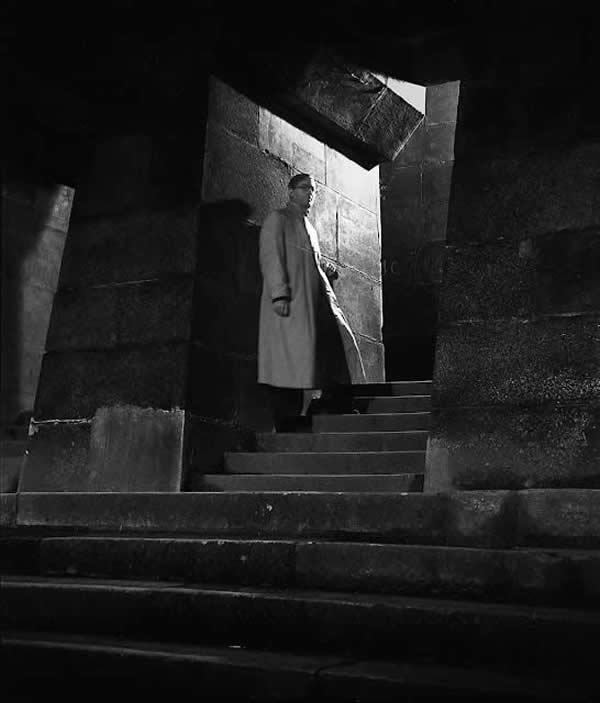
What set him apart? Savitry had the rare ability to disappear into the moment. People didn’t pose for him—most of the time, they stopped noticing he was even there. That’s how he caught everything from unfiltered laughter to quiet sorrow, from fleeting glances to the electric energy running through the streets. His camera was like a backstage pass to the human soul.
Now, with street photography back in full force, Savitry’s work feels more relevant than ever. It’s a reminder that authenticity never goes out of style. No artificial drama, no heavy editing—just honest stories, genuine people, and an artist who knew exactly how to freeze the truth of a moment.
More Info:
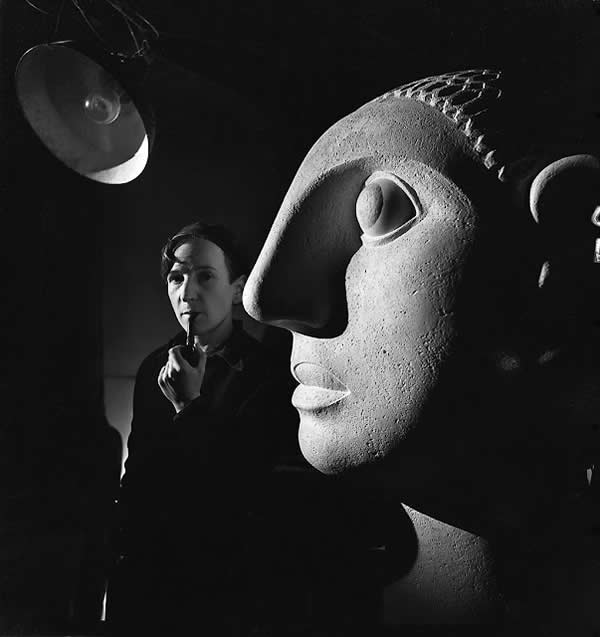
© Emile Savitry
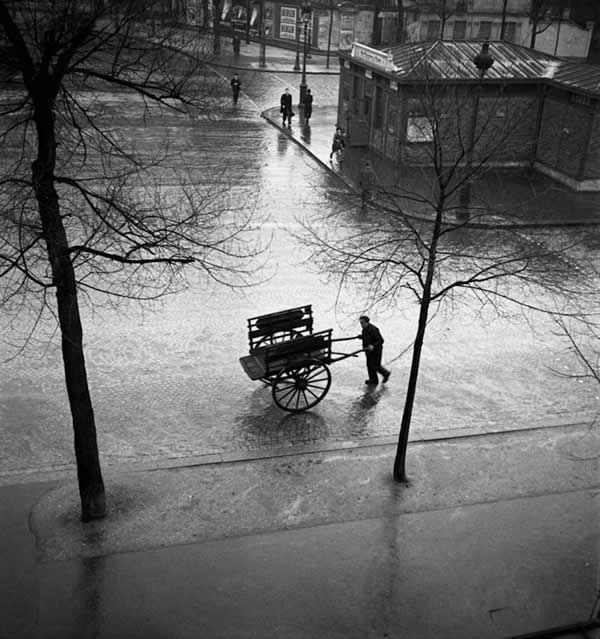
© Emile Savitry
Emile Savitry: A Creative Spirit Who Refused to Stay in One Box
Emile Savitry was never the type to settle into a single artistic identity. He started out as a painter, influenced by surrealism and the Paris avant-garde, but eventually realized that photography gave him something painting couldn’t: speed, spontaneity, and a direct line to real life. Instead of being confined to a studio with brushes and pigments, he wanted to roam the world and let intuition steer his creativity.
He wasn’t obsessed with fancy gear or rigid technique. Savitry’s brilliance came from pure observation—being present, alert, and ready to catch moments before they slipped away. His creative energy was restless and unpredictable, which is exactly why his photographs pulse with life. They have motion, rhythm, and character baked right in.
Savitry also surrounded himself with musicians, writers, and fellow artists, soaking up their stories and perspectives. That mix of influences shaped his way of seeing: untamed, curious, and deeply human. His photos aren’t cold historical documents—they’re emotional fragments of lived experience.
Savitry proved that true mastery doesn’t come from obeying the rules. It comes from bending them, breaking them, and reshaping them into something uniquely your own.
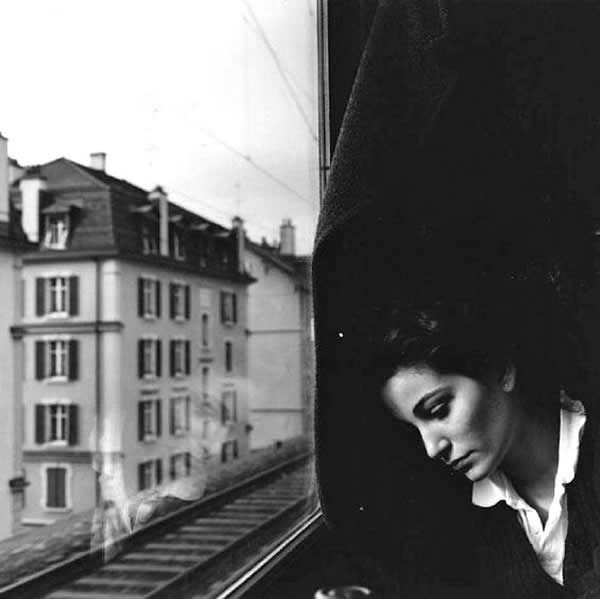
© Emile Savitry
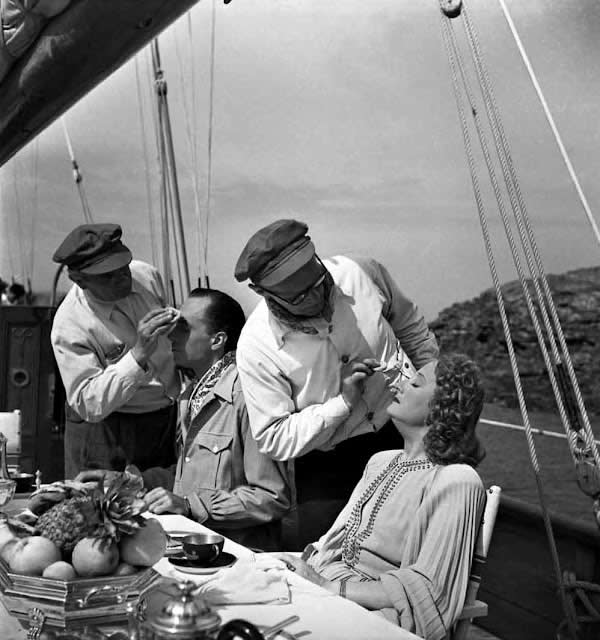
© Emile Savitry
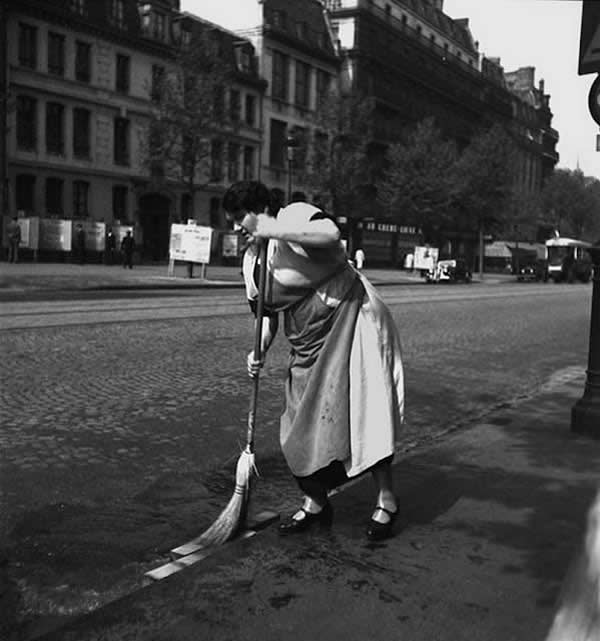
© Emile Savitry
Paris Through Savitry’s Lens: A City With a Pulse
Most photographers record a city. Savitry did something different—he fell in love with Paris and let it speak through him. His photos feel like the city confided in him: shadowy alleys glowing with intrigue, musicians riffing under soft streetlights, cafés buzzing with people who look like they stepped out of a screenplay.
He wasn’t focused on postcard landmarks. He chased the fleeting stuff—a dancer catching her breath behind the curtain, a couple arguing under neon lights, kids sprinting down the sidewalk with the confidence of kings. Savitry didn’t just photograph Paris; he revealed its personality—its humor, vulnerability, and rough edges.
In his work, Paris isn’t a setting. It’s a living character with quirks, moods, and flair. Long before anyone coined the term “cinematic photography,” Savitry was already turning everyday moments into visual stories.
Look through his archives today and the city still feels timeless. His Paris is noisy, soulful, a bit unruly—but unmistakably genuine. And that authenticity is exactly why his legacy endures.
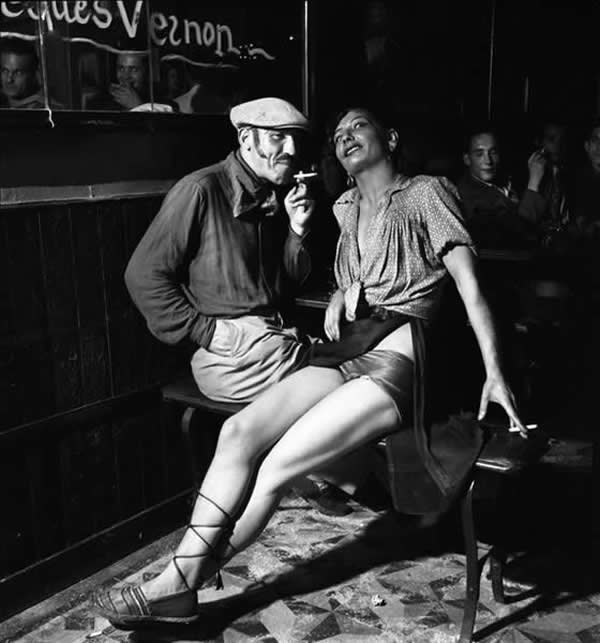
© Emile Savitry
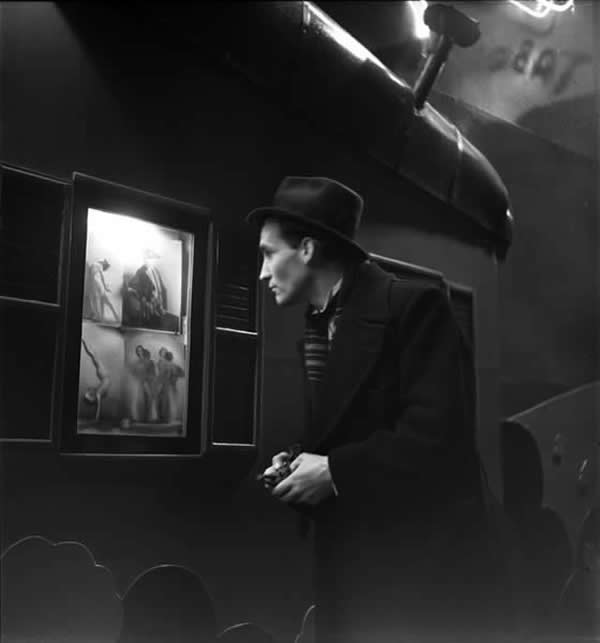
© Emile Savitry
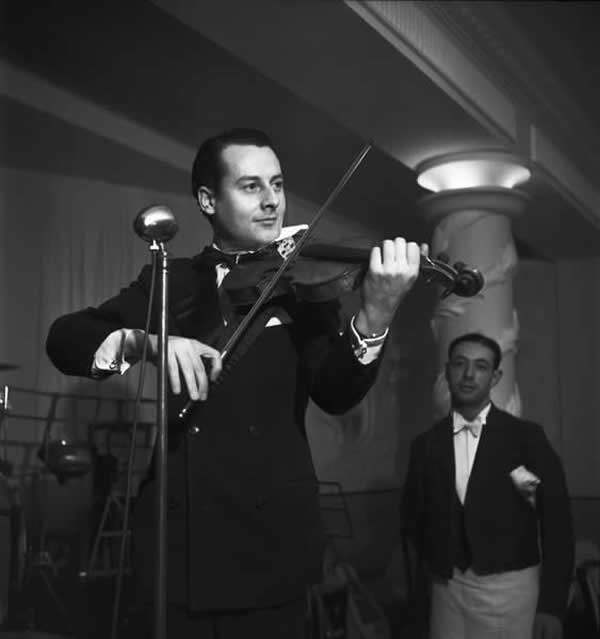
© Emile Savitry
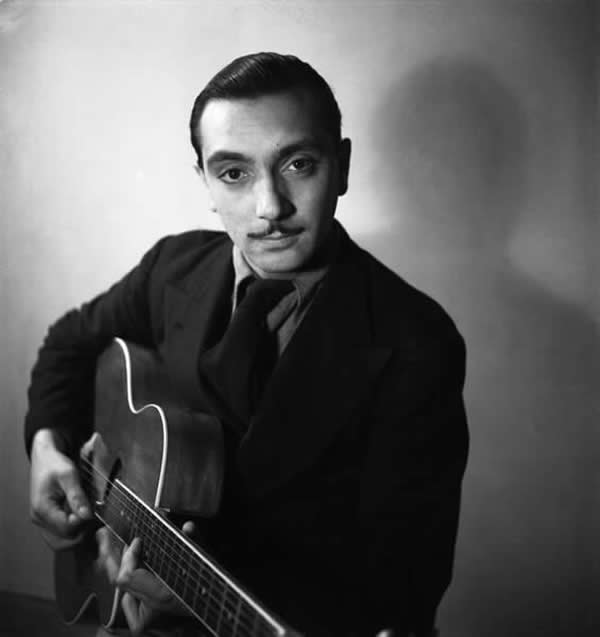
© Emile Savitry
A Photographer Immersed in the Jazz World
If jazz ever had an unofficial photographer, Emile Savitry would’ve been the one. He didn’t simply snap pictures of performances—he lived in the thick of the rhythm. Savitry spent time with the musicians themselves, capturing them in smoky bars, cramped rehearsal rooms, backstage corners, and even during impromptu jam sessions on the street. His shots of Django Reinhardt are so intimate and full of attitude you can practically hear the music buzzing through them.
Savitry didn’t just witness jazz culture—he felt it in his bones. He knew the late–night clubs where the air was thick, the marathon solos that left players drenched in sweat, and the nights when the only real communication happened through instruments. His photographs drop you right into those moments, close enough that you can almost feel the trumpet’s vibration in your chest.
And he never sugar–coated it. Savitry showed the truth: the fatigue, the improvisation, the friendships formed in the shadows, and those quiet, private moments when musicians communed with their instruments away from the crowd.
In his view, jazz wasn’t merely a genre. It was a pulse, a way of living, a bold refusal to conform. And Savitry captured that spirit for all time.
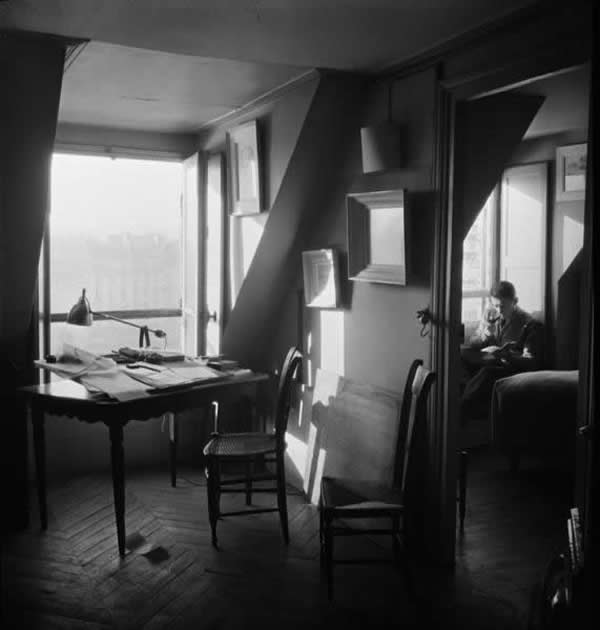
© Emile Savitry
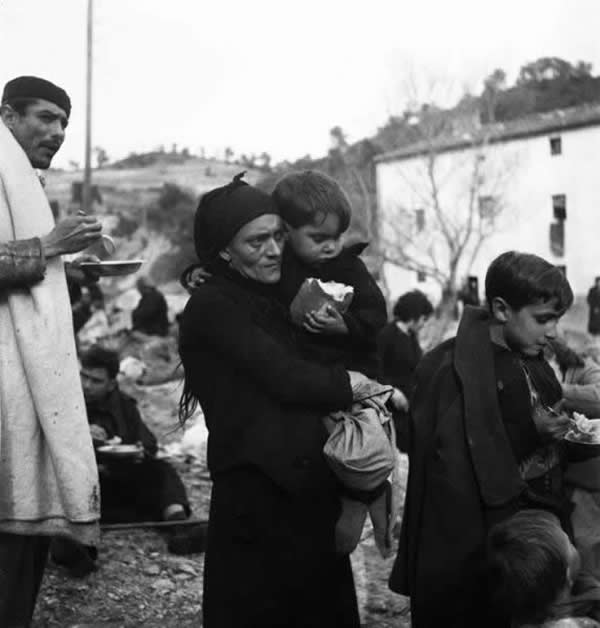
© Emile Savitry
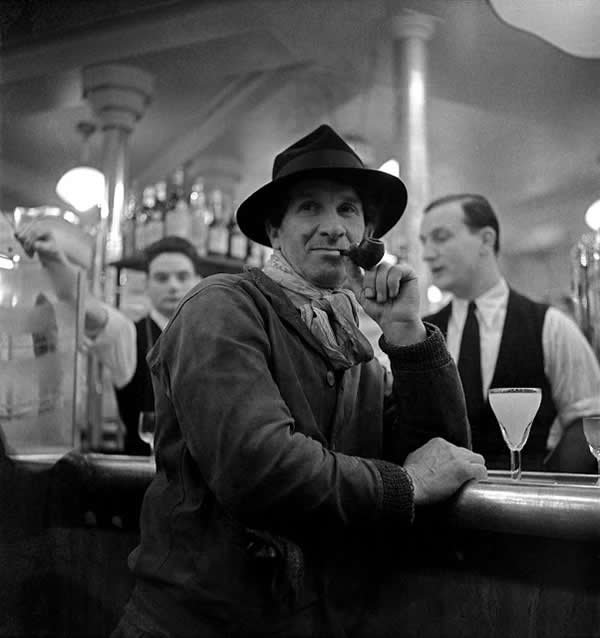
© Emile Savitry
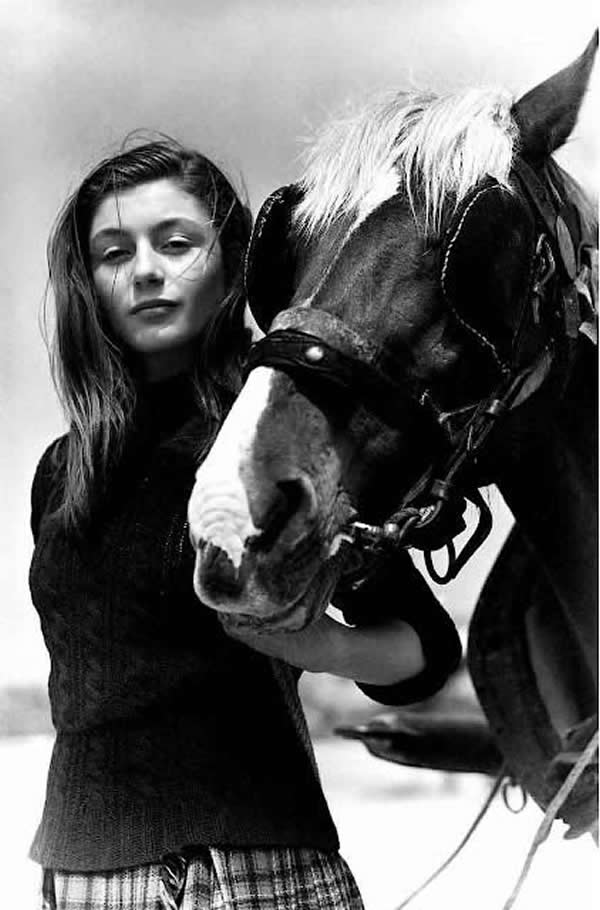
© Emile Savitry
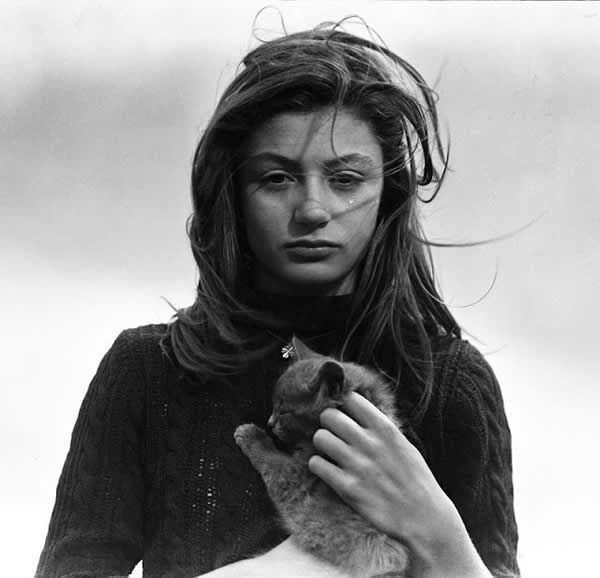
© Emile Savitry
Savitry’s Signature Vision: What Makes His Photos Stand Out
Lots of photographers can frame a shot. Savitry? He felt it. His images are charged with emotion—not because he staged drama, but because he captured life as it actually happened.
His method was simple: remain unseen, stay curious, and follow instinct. That’s why his work feels so alive. You can almost smell the streets, hear the room, sense the energy of the moment.
Timing was his secret weapon. A cat mid-leap, a busker’s eyes closing in the middle of a note, a dancer pausing to fix a shoe—Savitry caught fleeting gestures most people wouldn’t even notice.
Technically, he was subtle but masterful. He knew how to use shadows, low light, and movement to create mood without overdoing it. His compositions are confident, his tones rich, and his storytelling seamless.
Savitry didn’t just take photos—he froze moments that still pulse with life decades later.
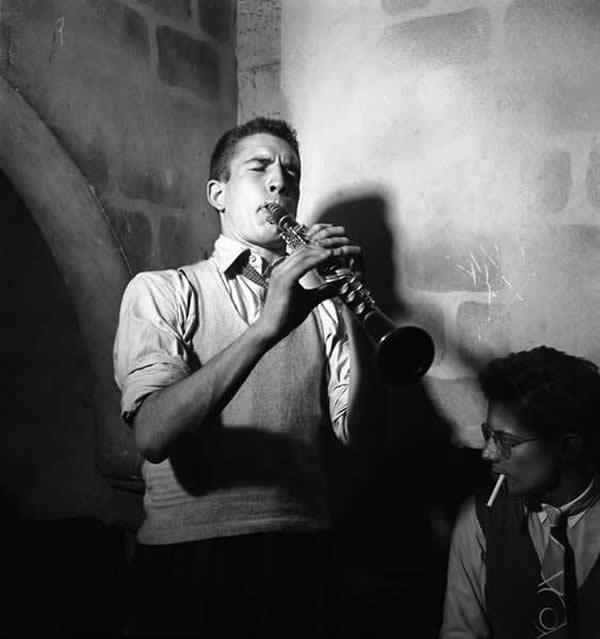
© Emile Savitry
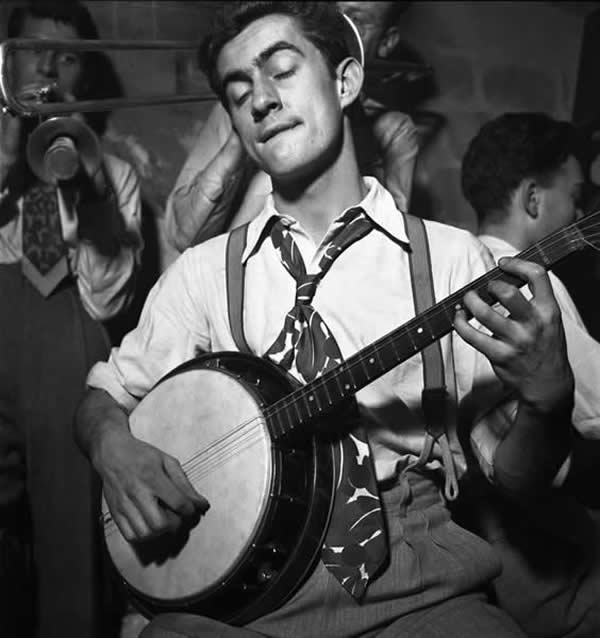
© Emile Savitry
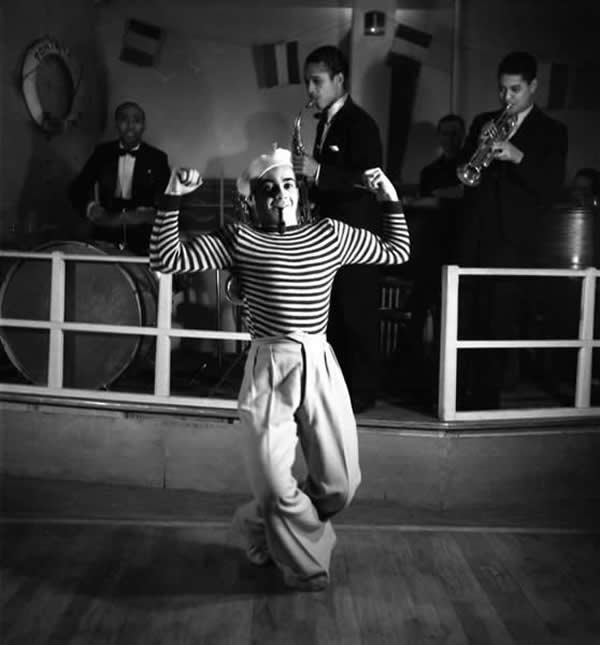
© Emile Savitry
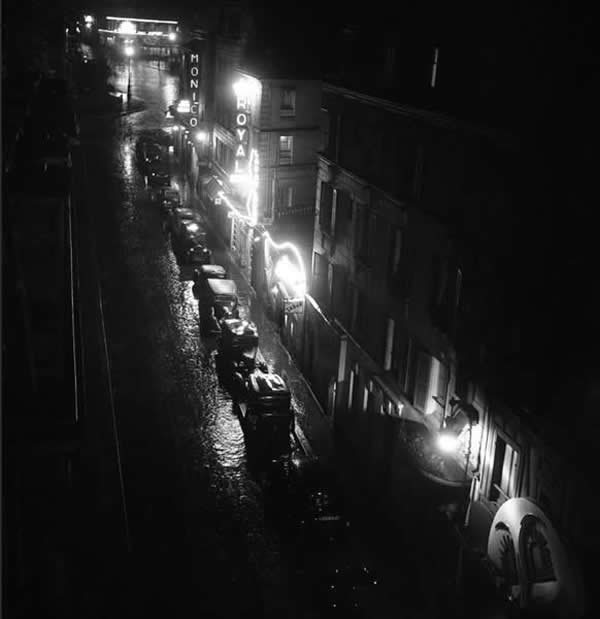
© Emile Savitry
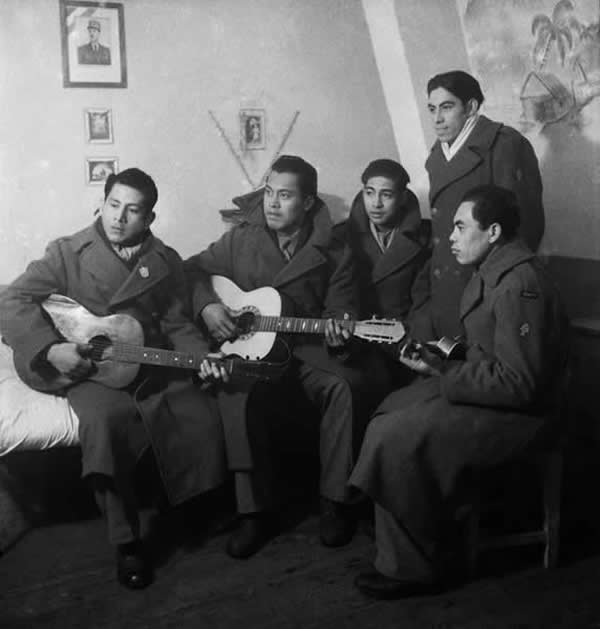
© Emile Savitry
The Enduring Legacy of a Quiet Genius
Emile Savitry never pursued fame, yet time eventually recognized his brilliance. Today, his work is being rediscovered by photographers, curators, and audiences hungry for authenticity in a world overloaded with filters.
His influence resonates on many levels. For photographers, he’s proof that artistry doesn’t rely on expensive equipment—it thrives on intuition, timing, and courage. For historians, he offers one of the sharpest visual chronicles of Paris’s cultural life. For jazz aficionados, he immortalized their idols before they became legends. And for casual viewers, his images simply feel human.
Savitry wasn’t performing for anyone. He lived, observed, and photographed what genuinely moved him. That’s why his work remains timeless. His images capture real people, raw emotions, and lived-in places—stories that still strike a chord today.
Call him underrated. Call him a hidden treasure. But once you explore his photography, one thing becomes clear: Emile Savitry was among the most soulful visual poets of the 20th century.
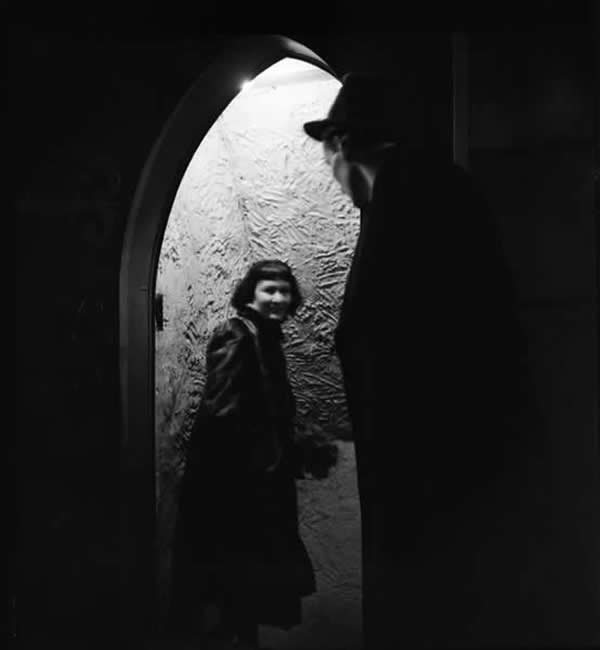
© Emile Savitry
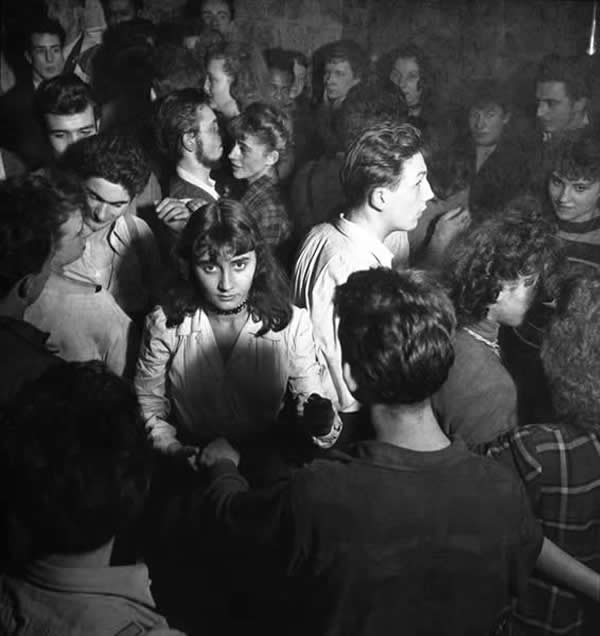
© Emile Savitry
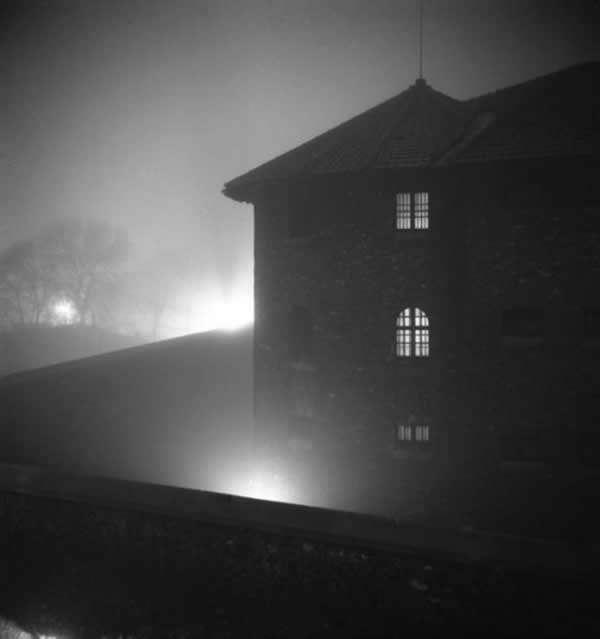
© Emile Savitry
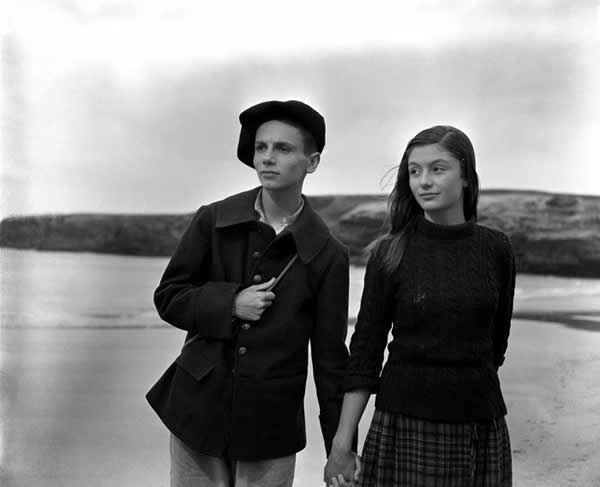
© Emile Savitry
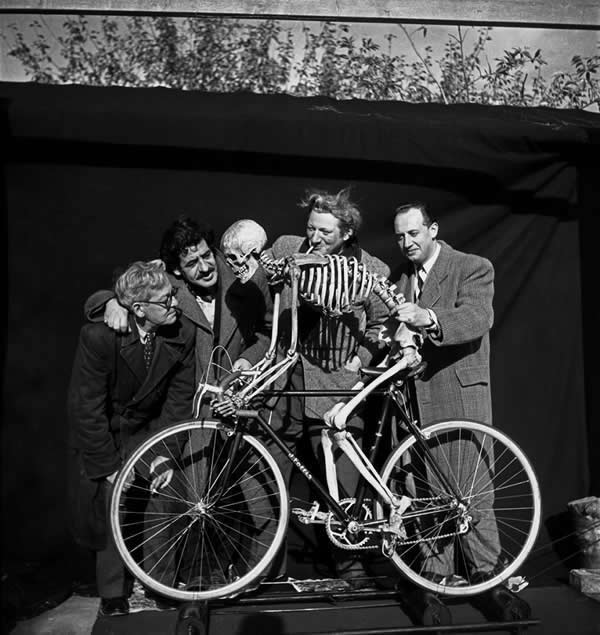
© Emile Savitry
